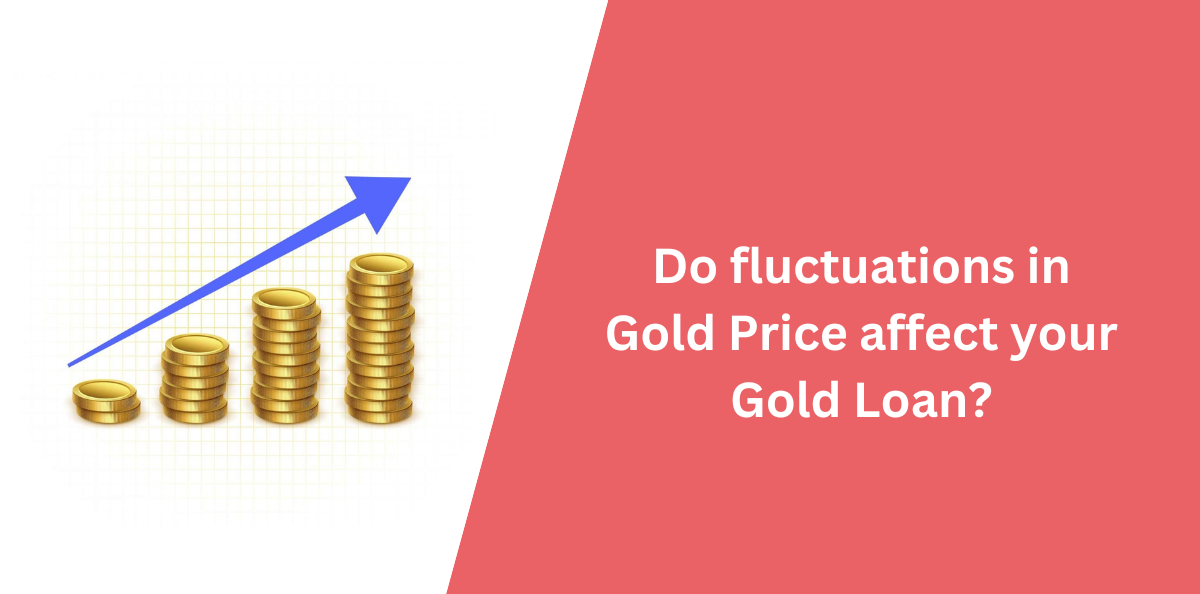

Date:17/02/2023
Gold, like all other commodities, has no set value; it is worth whatever people are willing to pay for it. According to the law of supply and demand, the price of gold rises as more people desire it, and falls when more people sell it.
At any one time, several commodities are in greater demand. During a real estate boom, everyone sells their gold in order to purchase land. This causes land values to rise while gold prices fall. Similarly, during times of crisis such as war, everyone sells their less secure assets and invests in gold, causing its price to rise.
How Gold and Interest Rates Relate
Gold is more affected than other commodities because its primary function is to reflect value. Oil is always useful, regardless of its price. Gold, however, is only as valuable as its market price. This implies that there are restrictions on the amount by which the price of oil can fluctuate, whereas gold is fully subject to market conditions.
The link between gold and interest rates has historically been negative. Not always, but typically, the price of gold rises when interest rates fall and falls when they rise. This is because rising interest rates increase the attractiveness of stocks, government bonds, and other investments to investors. Lower interest rates diminish the desirability of these alternative assets, driving investors towards gold, hence raising demand and price. For this reason, gold is seen as a store of wealth in times of financial trouble.
What happens when the interest rate increases?
Consumers and expanding enterprises with more disposable income tend to borrow more when economic optimism increases. In this circumstance, interest rates typically increase. When borrowing costs rise, central banks and financial institutions can anticipate higher profits on their loans.
In such fortunate times, the allure of a safe-haven investment decreases, and with interest rates likewise strengthening the home currency, the short-term gold price should decrease. Occasionally, interest rate increases are employed to combat growing inflation. If prices are rising rapidly, central banks will raise interest rates to encourage individuals to save and limit consumption, thus preventing inflation from becoming a problem.
What happens when interest rates decline?
As economic confidence wanes and growth stalls, rates fall or remain at the zero per cent base rate. This economic slowdown typically impacts living expenses, wage growth, and employment, as well as the devaluation of the nation’s currency. During these times, investors seek safe haven gold to protect their money, and the gold price will climb based on futures trading.
As gold does not generate an annual yield, a low-interest rate means that other investments do not generate additional annual income, hence enhancing gold’s appeal.
Final Words
When the price of gold rises, the amount of money that can be borrowed also increases. When the price of gold falls, however, borrowers are required to guarantee more gold for the same loan amount. It is invariably fascinating to observe how the demand for gold loans responds to fluctuations in gold prices.